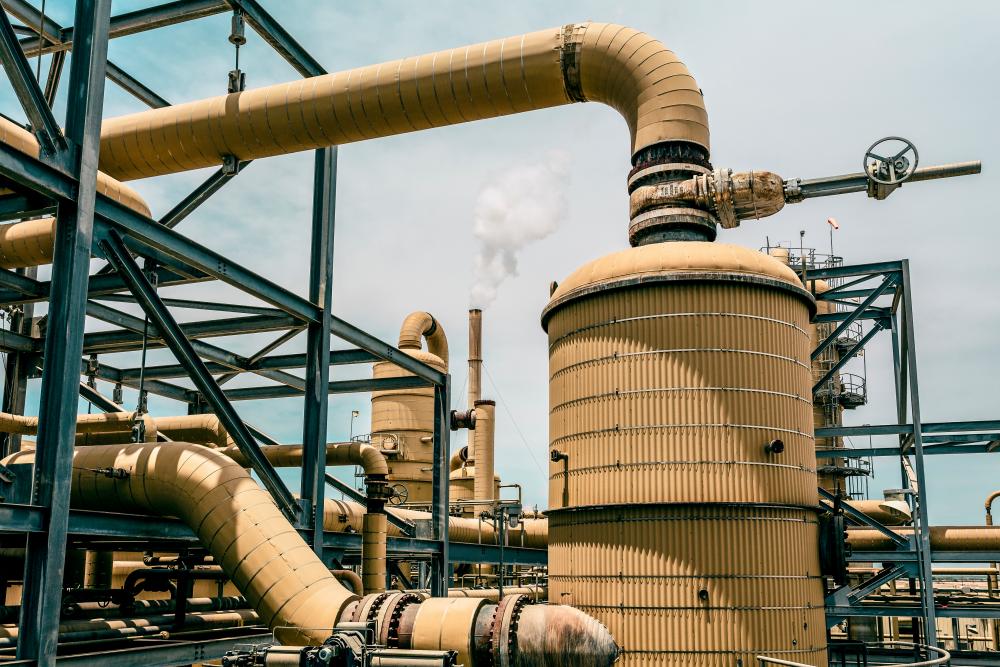Geothermal is one of the most promising clean energy sources in the US, providing 24/7 renewable power that could meet rising energy demand from AI datacentres. But former Department of Energy officials are alarmed that Donald Trump is fumbling its potential.
Compared with other clean energy sources such as solar and wind, geothermal enjoys rare bipartisan support. The US energy secretary, Chris Wright, has praised the technology, calling it “an awesome resource that’s under our feet”. And Trump’s One Big Beautiful Bill Act preserved tax credits for geothermal.
But the administration’s slashing of Department of Energy staff, delays in issuing low-interest loans, and tariffs are together creating uncertainty for the industry and investors.
The US has an advantage on geothermal over China and must move urgently, said David Turk, who served as the deputy secretary of energy under former president Joe Biden. “Anything that stops our ability to execute on a plan – staffing, other funding – I think, is shooting ourselves in the foot,” Turk said.
The White House and Department of Energy did not respond to questions about how their policies are affecting enhanced geothermal.
Related: US renewable energy has tripled in a decade – but almost $8bn in projects now face cuts
The potential of geothermal
Geothermal energy uses the heat from the Earth’s crust to transform water into steam that turns turbines and generates electricity. It has been used for more than a century, but has been limited to places where hot water reached the Earth’s surface, including hot springs.
Now there’s a new technique that can generate energy anywhere, known as enhanced geothermal. The same horizontal drilling approach used in fracking can reach hot rock deep below the surface. “It opens up enhanced geothermal all over the country, all over the world,” Turk said. “That’s just tremendous.”
So far, enhanced geothermal systems are located in the Western US. One of the most promising geothermal projects by Fervo Energy can be found in Utah. But the technology can also work in the east.
The US is ahead of other countries on enhanced geothermal because of its shale gas boom over the past 15 years, said Eva Schill, a staff scientist who leads the Geothermal Systems Program at Berkeley Lab. “The reason is that we have a lot of experience here from oil and gas fracking,” she said.
The enhanced geothermal industry is nascent, generating only 1% of the US’s electricity. And it’s still too expensive to compete with coal and natural gas.
But under the right conditions, it could evolve into a cheap source of power. A January article in the journal Nature Reviews found that it could be cost competitive with the national average cost of electricity generation by 2030.
The US is the world’s second-largest greenhouse gas emitter after China, and although US emissions have trended downward for the past two decades, the country is still not on track to meet its climate targets. The rapid growth of AI datacentres is further threatening those targets by fueling rising energy demand; datacentres need to run 24/7, so they tend to rely on fossil fuels.
We have the technology, we have the tools … and I think now what we really need to do is establish the confidence
Jigar Shah, clean energy entrepreneur
Geothermal can potentially solve that problem. It could create 80,000 megawatts of new power, according to a liftoff report published by the Department of Energy.
“To put that in perspective, that could meet 100% of all of the AI datacenter load growth for the next 10 years,” said Jigar Shah, a clean energy entrepreneur who served as the director of the loan programs office at the Department of Energy under Joe Biden. “That’s pretty impressive.”
Already, Google and Meta have signed deals that would see geothermal companies power their datacentres.
How the Trump administration is fumbling geothermal
Enhanced geothermal accelerated under Biden-era policies. But several former energy department officials say the Trump administration is failing to provide the business certainty needed to get the fledgling industry off the ground.
“The whole ball game right now is bringing down those costs, proving it for investors,” Turk said.
“This is really about feelings,” Shah said. “Do the investors feel like this administration really has their back when it comes to investing in these new technologies? They felt like we actually had their back when I was running the loan programs office, and when secretary [Jennifer] Granholm was running energy. They’re unsure whether this administration has their back on these technologies.”
Under the Biden administration, the loan programs office was working on closing a low-interest loan for geothermal. Similar loans previously boosted Tesla and utility-scale solar. However, the Trump administration has yet to close a low-interest loan for geothermal, Shah said.
The gutting of energy department staff has lowered its capacity to support geothermal, several former energy department officials said. Thousands of scientists, analysts, engineers and procurement officers took deferred resignation offers or were fired. Politico reported that the administration was considering cutting loan programs office staff by half.
The Department of Energy has lost “absolutely indispensable” experts on geothermal and loans, Turk said. “So I would worry about, have we lost some of that capacity to actually execute?”
Trump’s zeal for tariffs is adding to the industry’s anxiety. Steel tariffs, now at 50%, are hurting companies that use steel in wells. Enhanced geothermal wells require installing miles of steel pipes.
Behind the scenes, geothermal companies are “freaking out” about the steel tariffs, Shah said. “They don’t want to say anything negative, lest the Eye of Sauron find them,” he added.
The survival of the Inflation Reduction Act tax credits for geothermal provides some certainty. Geothermal can still access the full tax credit, as long as they begin construction by 2033, when the value of the credit will begin phasing down.
But geothermal projects now face strict restrictions on the involvement of “foreign entities of concern,” such as Chinese companies and individuals, known as FEOC requirements. Geothermal projects use rare earth elements in their drill bits, and China dominates the rare earth minerals market, said a former energy department official who requested anonymity.
What Trump officials can do to boost geothermal
“This is a good enough market opportunity that somewhere in the world is going to come true, and we are really well set up for it, if we’re not stupid,” the official said, talking generally about the industry. “But we’ve unfortunately been pretty stupid, and we’re making it harder on ourselves to win in an area that should be pretty easy to win.”
There are actions the Trump administration can take immediately to bring down costs and boost the industry.
The government can speed things along by “doing a lot of mapping of resources to make it cheaper and less risky for drilling in this area versus that area”, Turk said.
“Close a loan,” Shah said, explaining that it would send a strong signal to investors.
“We have the technology, we have the tools – the loan programs office and other tools – and I think now what we really need to do is establish the confidence,” Shah said.

